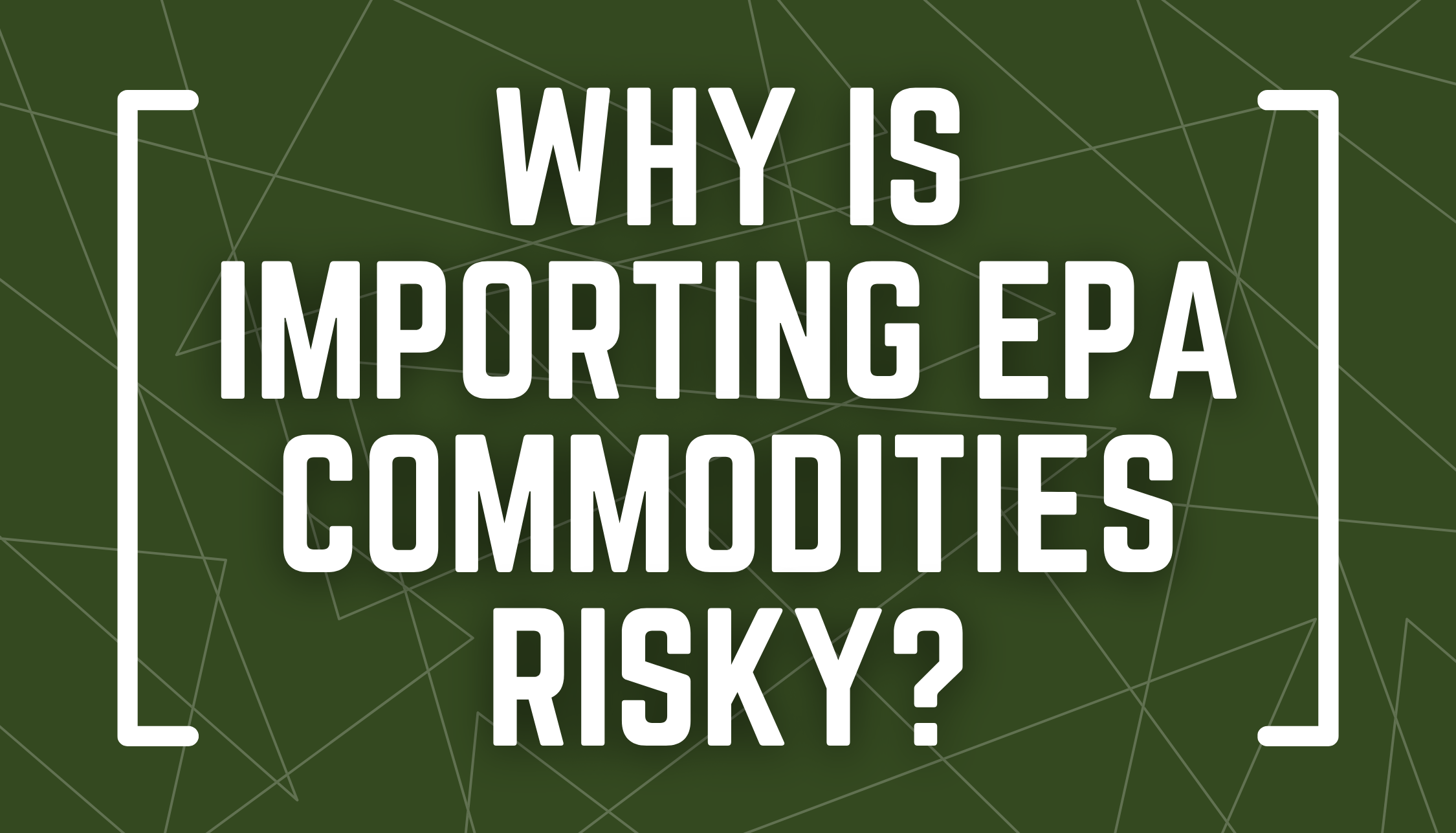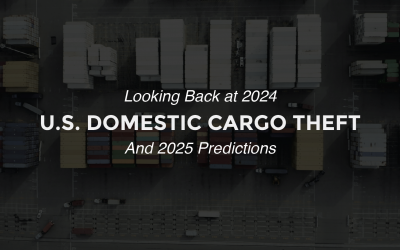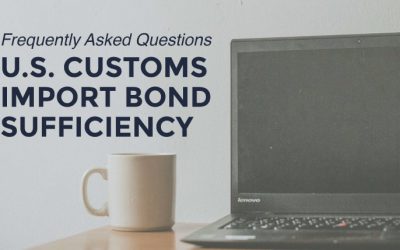There are certain risks involved when importing EPA commodities, so shippers must be aware of any regulations that could apply to their merchandise.
The United States Environmental Protection Agency (EPA) is an agency of the United States federal government responsible for creating standards and laws to promote the health of individuals and the environment.
The EPA regulates the manufacturing, processing, distribution, and use of chemicals and other pollutants. They are also charged with determining safe tolerance levels for chemicals and other pollutants in food, animal feed, and water.
The Environmental Protection Agency works to ensure that:
- Americans have clean air, land, and water.
- Laws and regulations protecting human health and the environment are put in place lawfully and effectively.
- Environmental stewardship is integral to U.S. policies.
- Communities, individuals, businesses, and local governments can work to manage human health and environmental risks.
- Contaminated lands and toxic sites are cleaned and repaired.
- Chemicals in the marketplace are reviewed for safety.
When Congress writes an environmental law, the EPA implements it by developing and enforcing regulations. Often, the EPA sets national standards that states enforce through their regulations.
EPA Commodities
Importing EPA commodities can be risky for shippers because they are regulated since they could potentially have an adverse effect on the environment or personal health. Different types of commodities come with specific regulations regarding the individual ingredients used in them. These regulated commodities come in many different categories, including:
- Pesticides
- Ozone-depleting substances
- Goods subject to the Toxic Substances Control Act (TSCA)
- Vehicles, Engines, & Fuels
- Architectural coatings
- Personal care/ cleaners
- Plumbing Products
Compliance with EPA Import Regulations
Many regulations apply to EPA commodities, and those who ship them are responsible for being compliant. Some regulations relating to these products are quite specific and easily overlooked, so it is recommended that shippers take time to familiarize themselves with EPA policies and procedures before importing goods to avoid clearance issues. Fines and penalties may be applied to any shipper in violation of laws and regulations.
EPA’s Safer Choice Label
There are many commodities that many U.S. importers might not know to be regulated by the Environmental Protection Agency. Common examples of products regulated by the EPA include nail polish, glow-in-the-dark sticks, and pens. What these products have in common is that they contain chemical compounds studied by the EPA for safety.
Safer Choice is the EPA’s label for safer chemical-based products. When the EPA has evaluated a product and deems that a product contains only the safest ingredients, this product will receive a safer choice label that certifies that it is suitable for people and the environment. The safer choice label represents leadership in safer product formulation.
To be eligible for the label, a product must comply with the Safer Choice Standard, which incorporates safer chemical criteria for ingredients. Safer Choice has created the Safer Chemical Ingredients List, which contains more than 950 chemicals that meet the criteria for a safer choice label to help people formulate safe products.
Importers should communicate with their suppliers about whether or not their products meet these standards. Importing an unsafe product containing harmful chemicals on the marketplace will lead to consequences and lost revenue. Companies can apply for the label by submitting their products to Safer Choice for review.






![[Webinar] How Could Changes to De Minimis Impact Your Company?](https://traderiskguaranty.com/trgpeak/wp-content/uploads/2025/05/trg-how-de-minimis-impacts-customs-bond-webinar-400x250.png)
